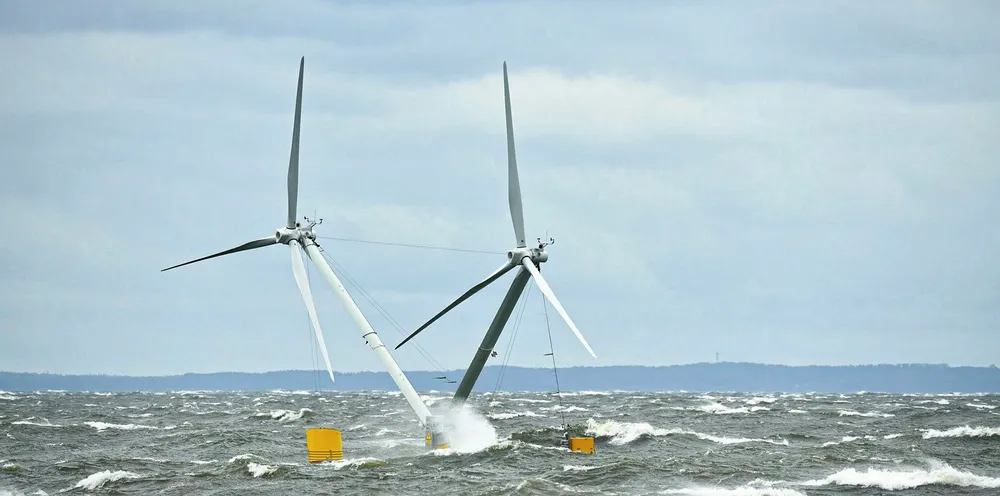Heads together: twin-rotored floating wind flagship sails through trials off Germany
Aerodyn Engineering's Nezzy2 design moves to full-scale unit construction following tests with developer EnBW

Aerodyn Engineering's Nezzy2 design moves to full-scale unit construction following tests with developer EnBW
